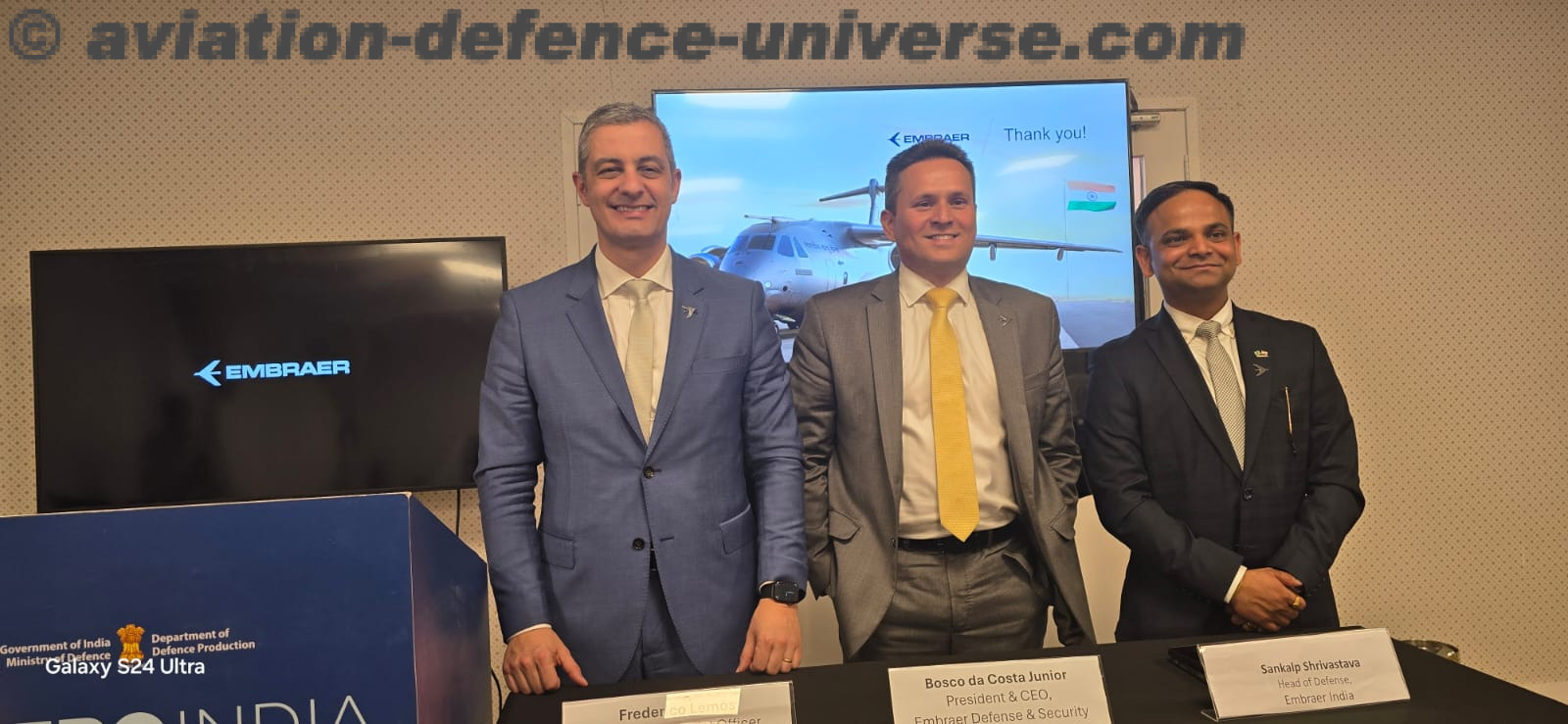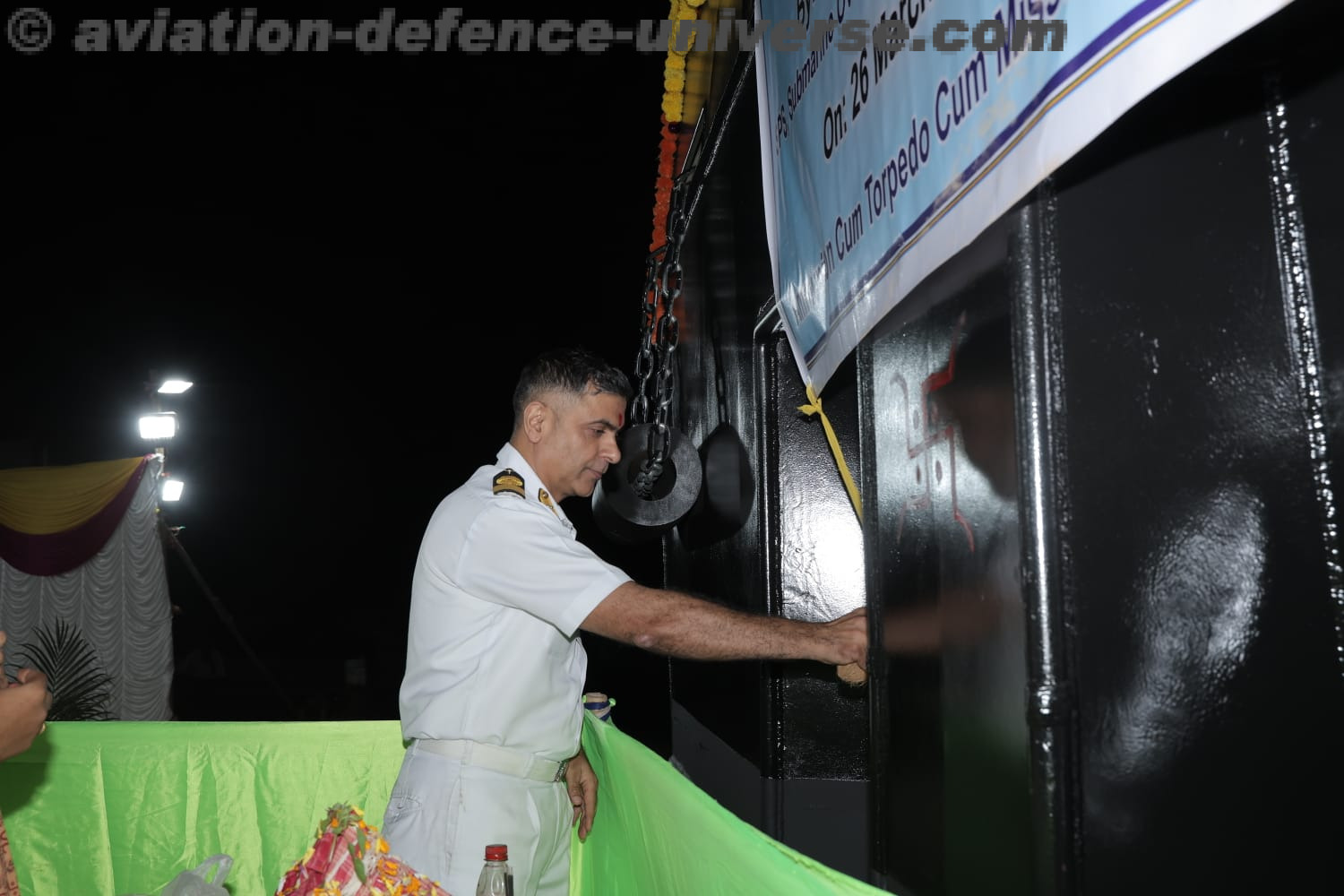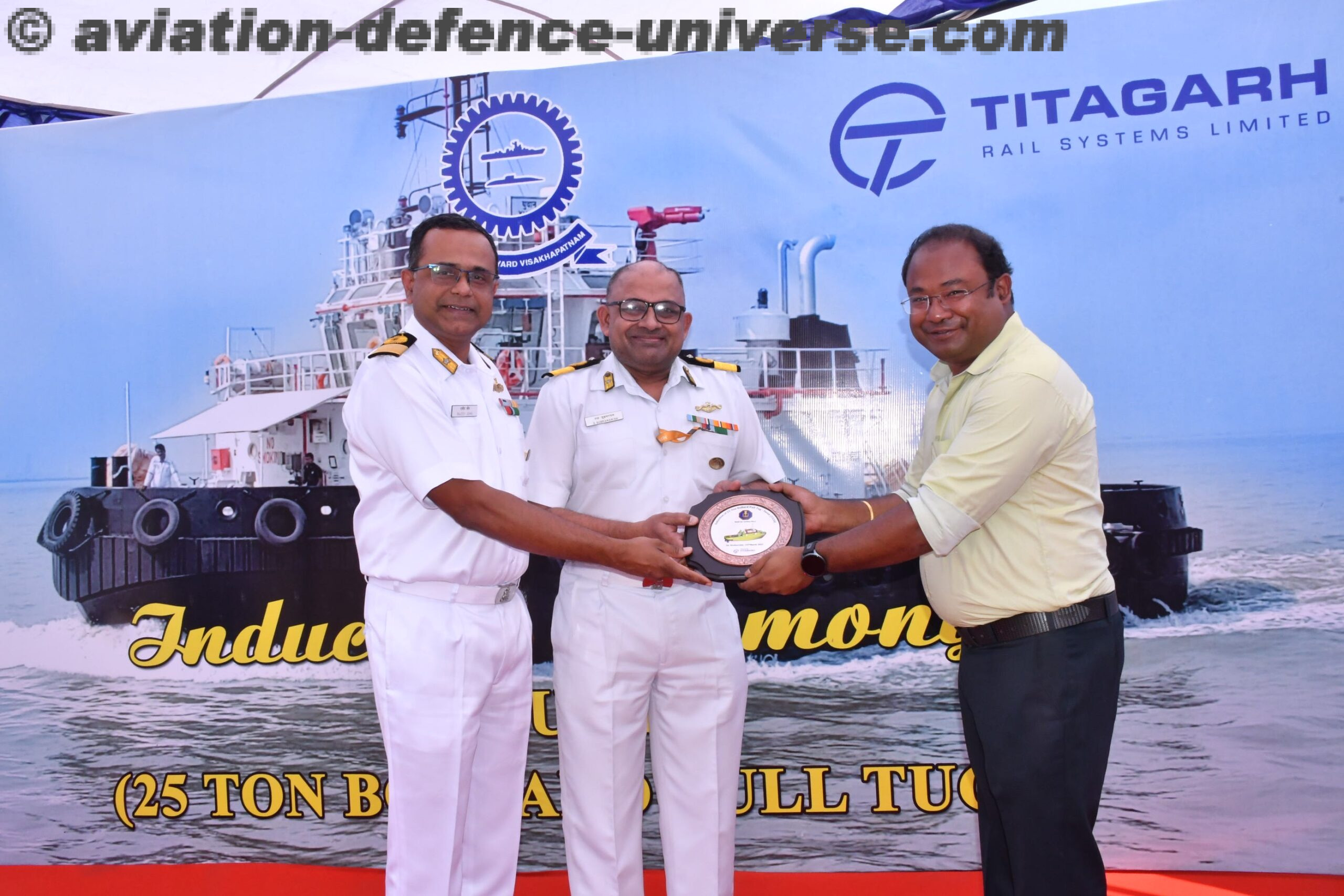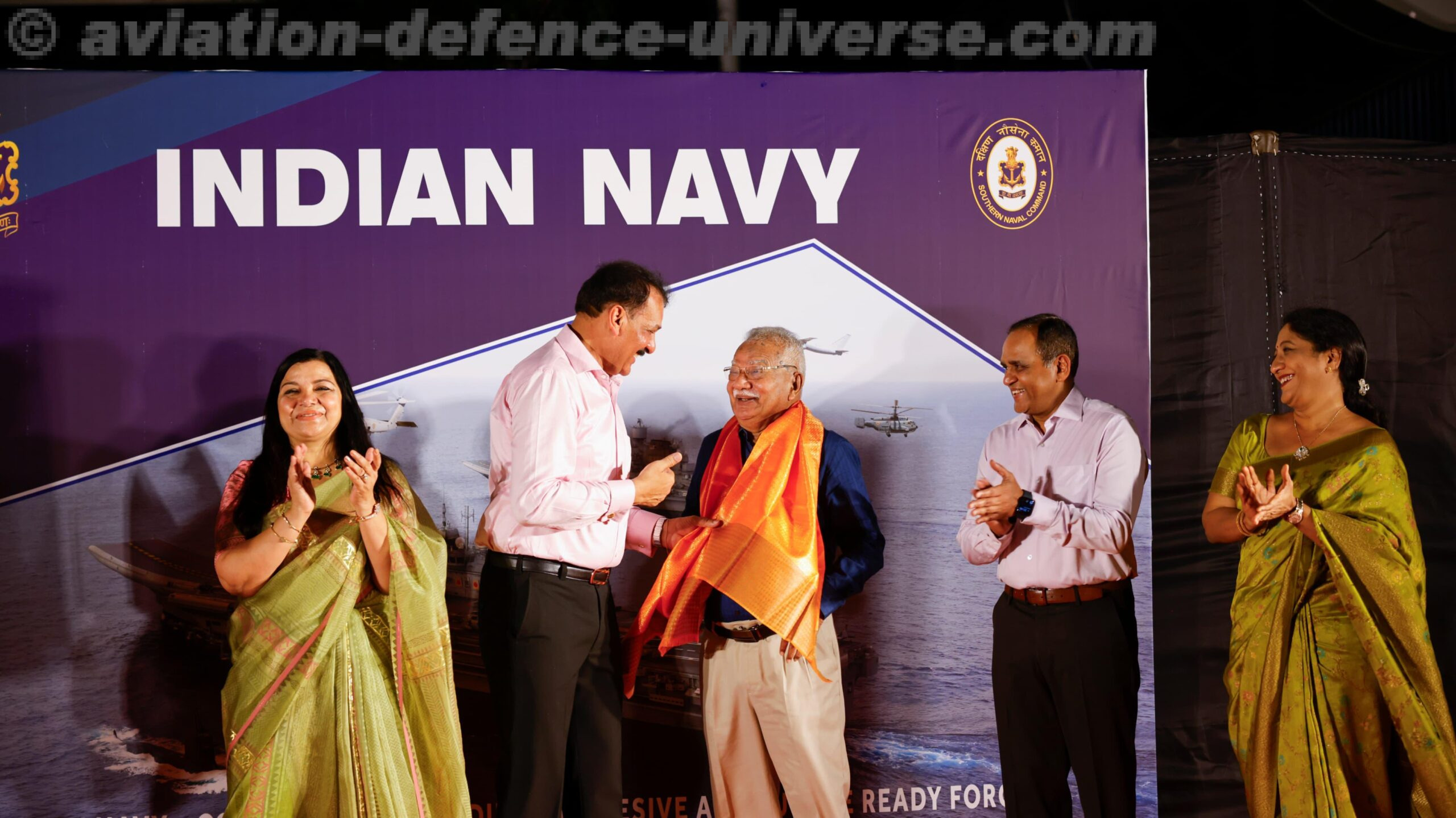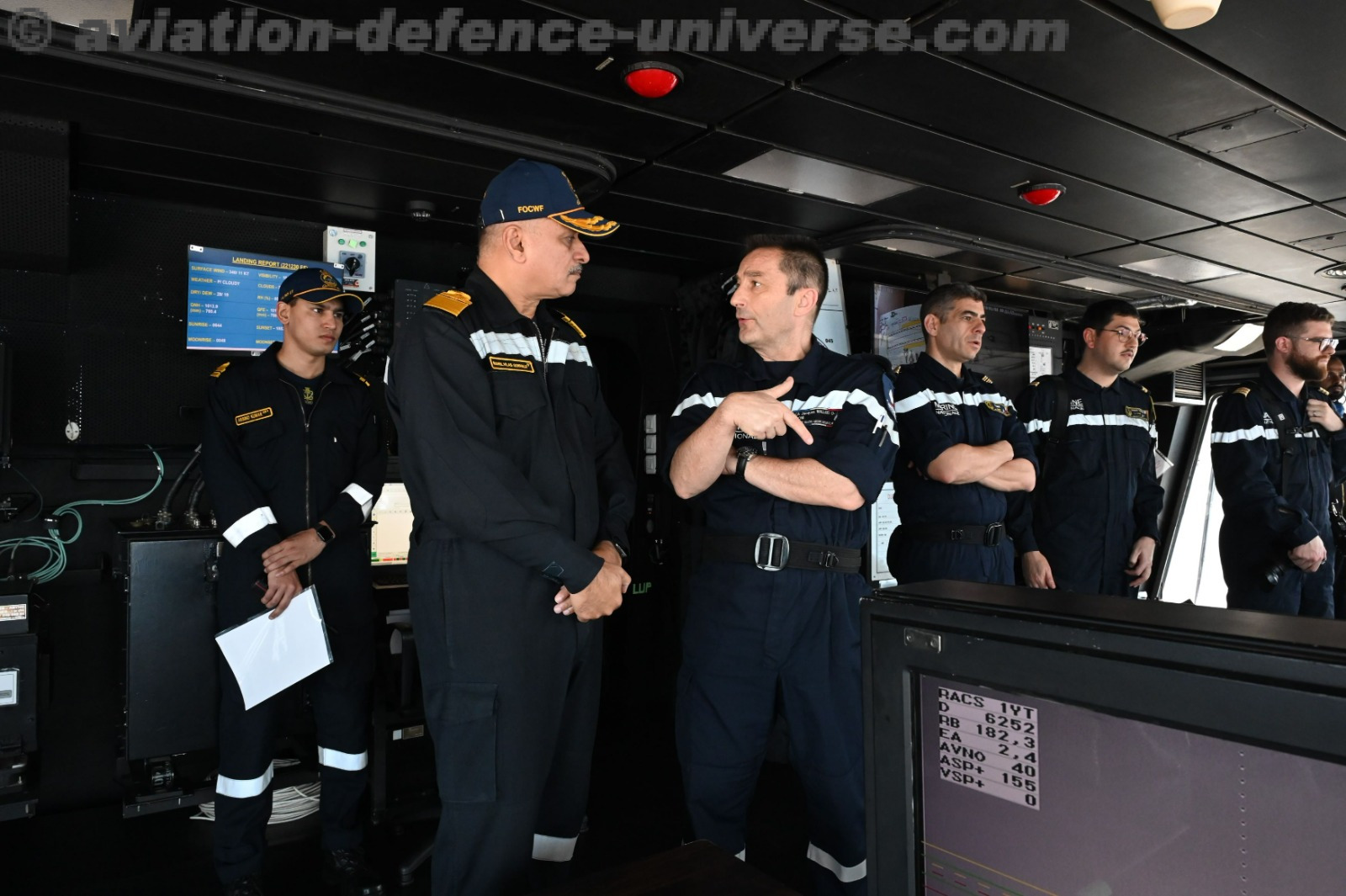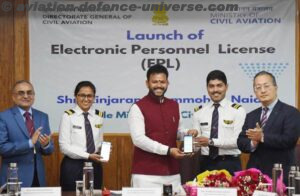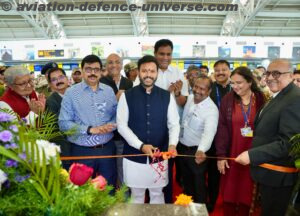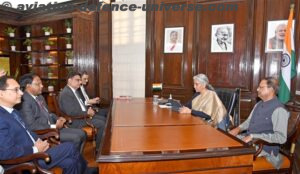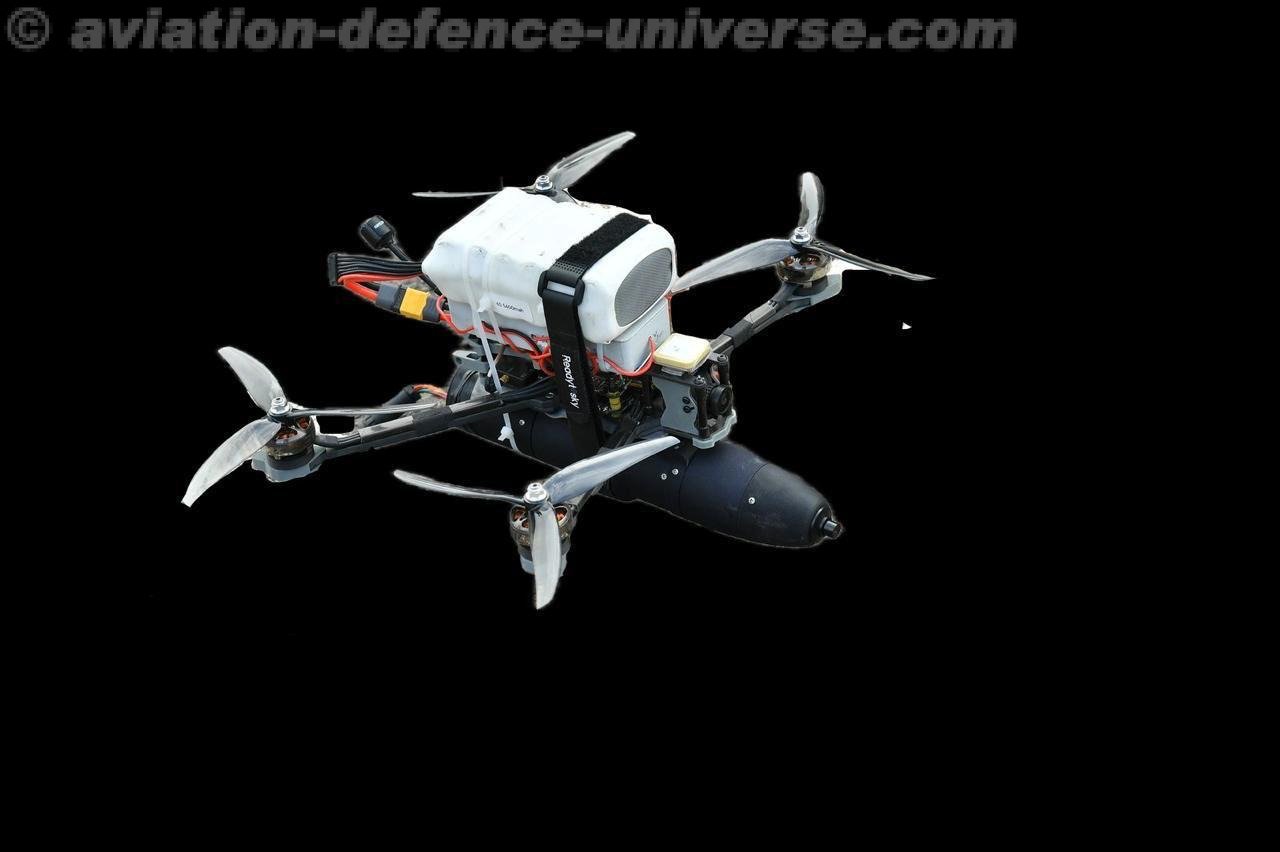New Delhi. 14 December 2022. The meeting of the consultative committee of Ministry of Civil Aviation was held here today under the chairmanship of the Union Civil Aviation Minister Jyotiraditya M. Scindia. The subject of discussion was GAGAN (GPS Aided Geo Augmented Navigation) system which is a Space Based Augmentation System (SBAS), developed jointly by AAI and ISRO.
The meeting was attended by MPs who were informed in the meeting that GAGAN is a part of Global Navigation Satellite System (GNSS), which takes the input from the core GPS (Global Positioning System) constellation and augments navigation data through the GEO stationary satellites for providing better accuracy, integrity and continuity of service for its application in civil aviation. National Civil Aviation Policy (NCAP-2016) prescribes that new aircraft being registered in India from 1stJanuary 2019 will mandatorily have to be GAGAN enabled. DGCA issued a public notice stating that “All aircraft being registered in India from 1st January 2019 will mandatorily have to be GAGAN enabled.” (Subsequently revised to 1stJuly 2021)
GAGAN has benefits in aviation as well as in non-aviation fields. In the aviation sector, on the safety front, GAGAN is operational and offers two levels of service; RNP 0.1 (Required Navigation Performance 0.1) over Indian Flight Information region and APV I (Approach with Vertical Guidance, Level I) over major part of Indian landmass, to its aviation users. GAGAN can support operations for all phases of flight including Oceanic, Approach, Terminal, Surface. GAGAN system provides lower operational minima on non-ILS runways and supports advanced procedures like curved approaches. GAGAN helps in designing more efficient routes which can result in fuel savings. It can help in operations in areas with absence of navigation infrastructure. GAGAN can work as backup to ILS approaches.
In Non-Aviation, GAGAN helps in Disaster Management. With the use of GAGAN message service (GMS), early Warning messages can be broadcast on the occurrence of natural disasters, calamities, dangers for the safety of life within GAGAN coverage area for Search and Rescue Messages, Relief and mitigation related messages, Meteorological information and other uses. GAGAN can enhance safety, mobility, regulation and enable payment applications. In the road sector, it can offer Smart mobility for lane guidance, better traffic management, speed control and traffic violation, Real time tracking of public transportation assets. With the use of GAGAN, initiation of alarm and barrier closure can be automated, monitoring of train movements and automated train stopping can be achieved to reduce the risk of accidents. GAGAN can improve Navigation and Positioning in the Indian Subcontinent and Inland waterways by tracking proximity of ships, enabling safe docking of ships at ports, enhancing coastal security and tracking of ships.
Airport Authority of India designs various types of landing approach procedures for various Indian Airports. Till date, 51 GAGAN based approach procedures have been designed for various runways of Indian airports. Flight trial using GAGAN based LPV approach procedures were successfully conducted by Indigo on 28th April 2022 at Kishangarh Airport, Rajasthan. As on date, 02 GAGAN based approaches for two runway ends of Kishangarh Airport have been promulgated in Aeronautical Information Publication (AIP) for aviation usage. Conduct of flight trial using GAGAN based approaches is planned to be conducted shortly for Kannur Runway (RWY) 07. Flight trials of GAGAN based approaches for Mumbai RWY 32 and Cochin RWY 09 are planned to be conducted after approvals from DGCA.
AAI is making all the efforts for ensuring availability, continuity and integrity of Air Navigation services by such technological enhancement in India. MPs made certain valuable suggestions on the subject. The meeting ended with a vote of thanks.

















